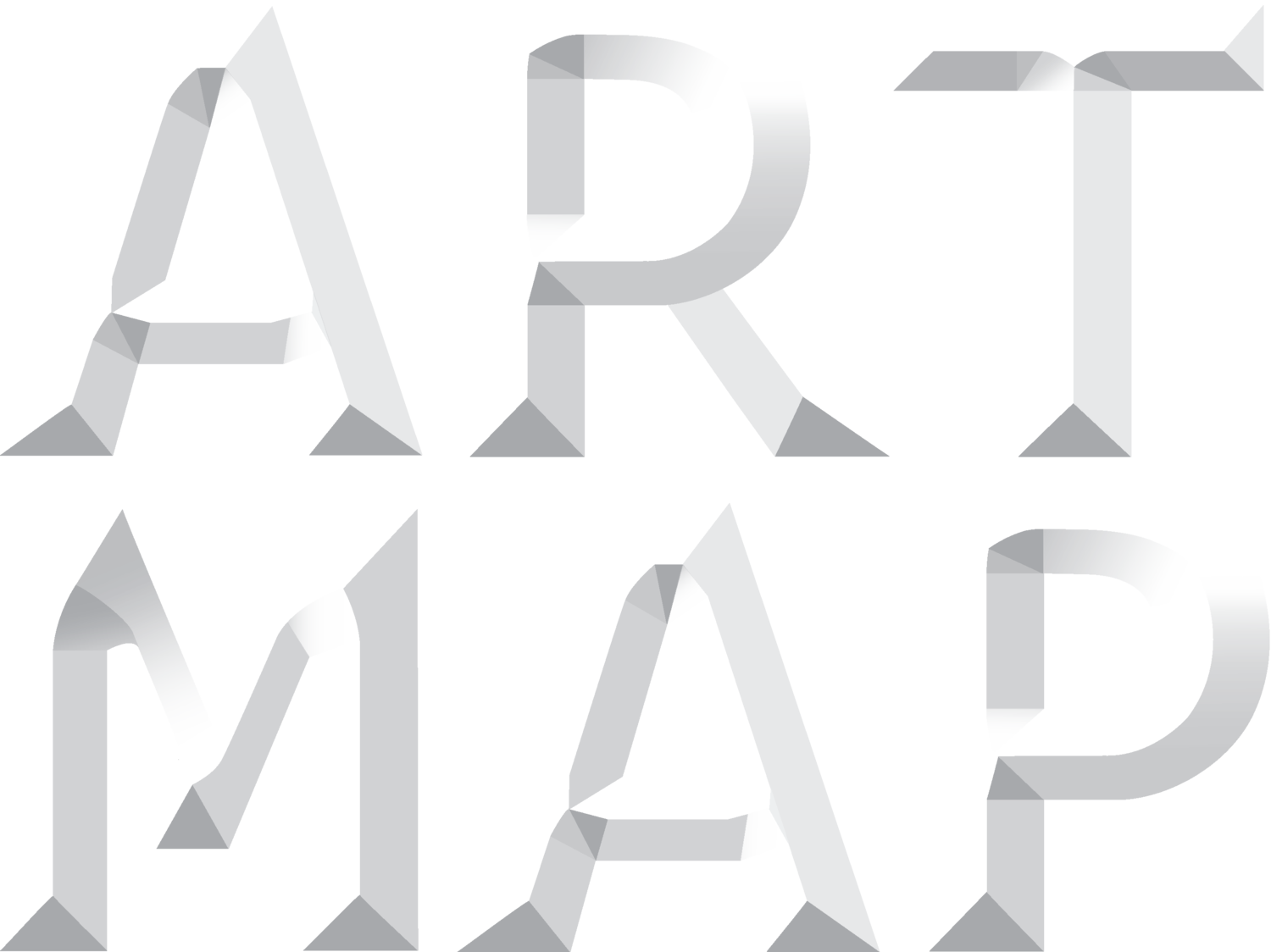Tanya Ashken’s Albatross, the sculpture that started it all
In 1986 Wellington was lucky enough to become the permanent home to the work of talented sculptor Tanya Ashken. Albatross, which can be found on our Wellington waterfront also represents the formation of the Wellington Sculpture Trust. Our very own trust centred on enriching Wellington through public sculpture, which has gone on to install 28 permanent public sculptures across the city.
Ashken's idea for Albatross began after a period away from sculpture, focussing more on making jewellery, which she describes as “a less cerebral activity” while her children were young.
“I was alone one evening with a friend who was psychic. She said I was going to produce a great piece of sculpture. She later added it would be white and have something to do with a pyramid.” says Tanya.
Surprised to hear this prediction, Ashken was unsure how to start back into the sculpture realm. However she was soon inspired by the simple notion of her three year old son cutting out paper shapes. “I thought they looked interesting so I took them over to my studio to study them.”
From this the Albatross was born, subsequent to some redesigning to allow for water to be pumped through the sculpture. It holds pride of place as Ashken’s personal favourite. “I get quite a kick when I see it with the water running. I tell people it is a water sculpture, not a fountain.”
Ashken believed at the time that this idea would make an excellent piece of sculpture. However her idea needed funding in order to be actioned. “I started to ask if people I knew, or knew of, would pledge up to $80k to build the work.” The idea sat a while until the city planner at the time promised Ashken a site if she could raise the money.
Dr. Ian Prior, founder of the Sculpture Trust saw the potential in Ashken’s work and with this he began the process of gathering people to raise the money to build Albatross. “He started to set up a committee of people whom he thought would help” says Ashken. The process set off in 1982 and took four years to come into fruition.
In the final installation procedure of the sculpture, the team came across some issues lifting the large pieces of sculpture to their new spot on the waterfront. Ashken tells the story of ‘the three cranes’ , a take on goldilocks and the three bears. Crane number one was not strong enough to swing the sculpture out to the site, resulting in the sculpture looming above the site's foreman which could have easily fell on him. This was followed by crane number two. “But it too wasn’t strong enough to swing it out to the site.” So along came “titan” crane number three which was just right and Albatross was finally complete.
When the sculpture was finally installed in 1986, Ashken said she finally saw a realistic albatross in the sculpture. “It is in the lowest piece where the water flows over it into the pool.” she says. This sculpture was very suitable for Ashken due to her fascination with Albatrosses from a young age. “I think I must have been one in my last life!” she says.
Now at age 83, Tanya Ashken still tells the tale that is Albatross, a journey of taking an idea, and executing it to the highest degree. Experiencing bumps along the way, the final product is exactly what our waterfront needs, being “large and white and of the sea.”
Albatross not only represents the legacy of Ashken as a sculptor but it alludes to the role of the Wellington Sculpture Trust in representing permanent public art in our capital. Ashken believes the trust is, “on a par with some other cities in the world, and certainly the best in New Zealand.”
